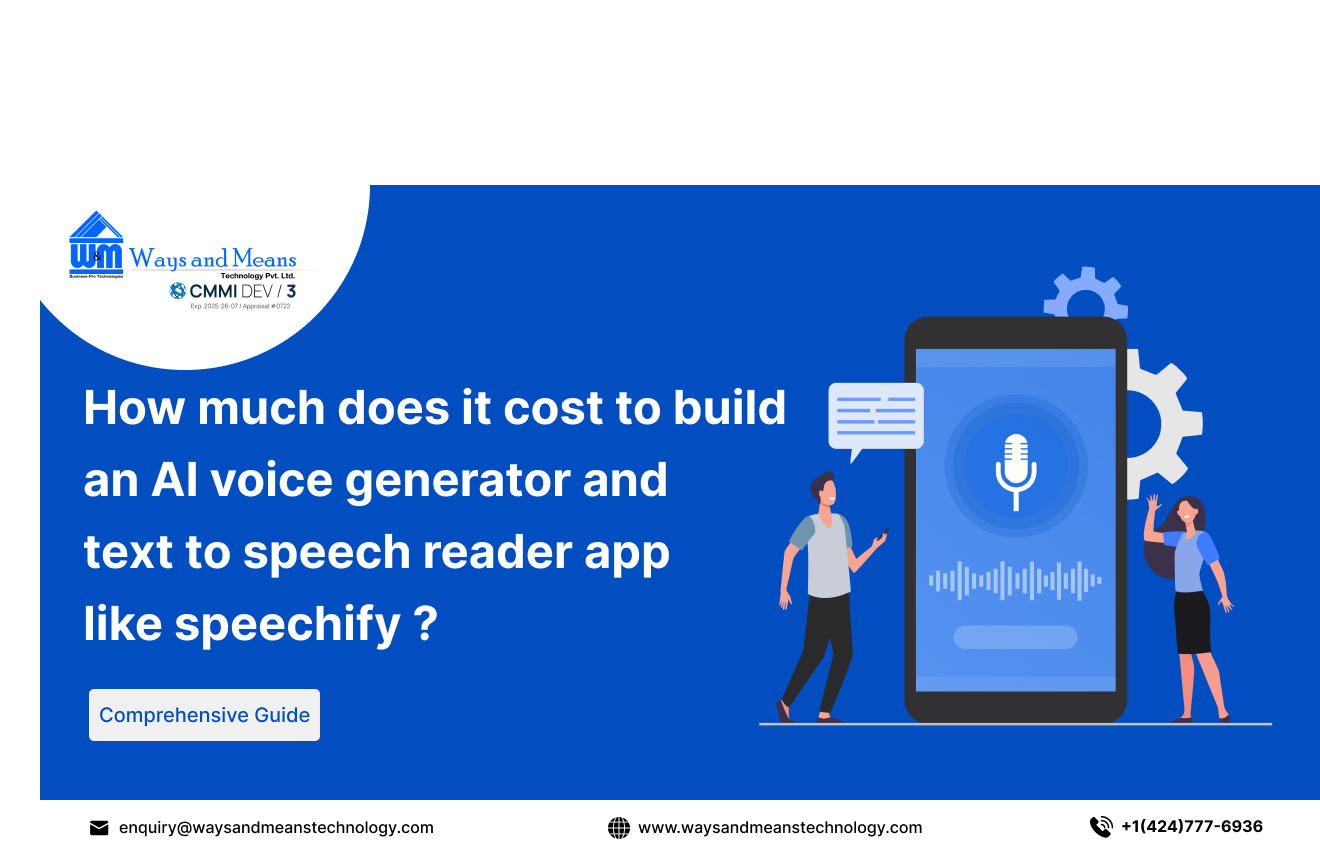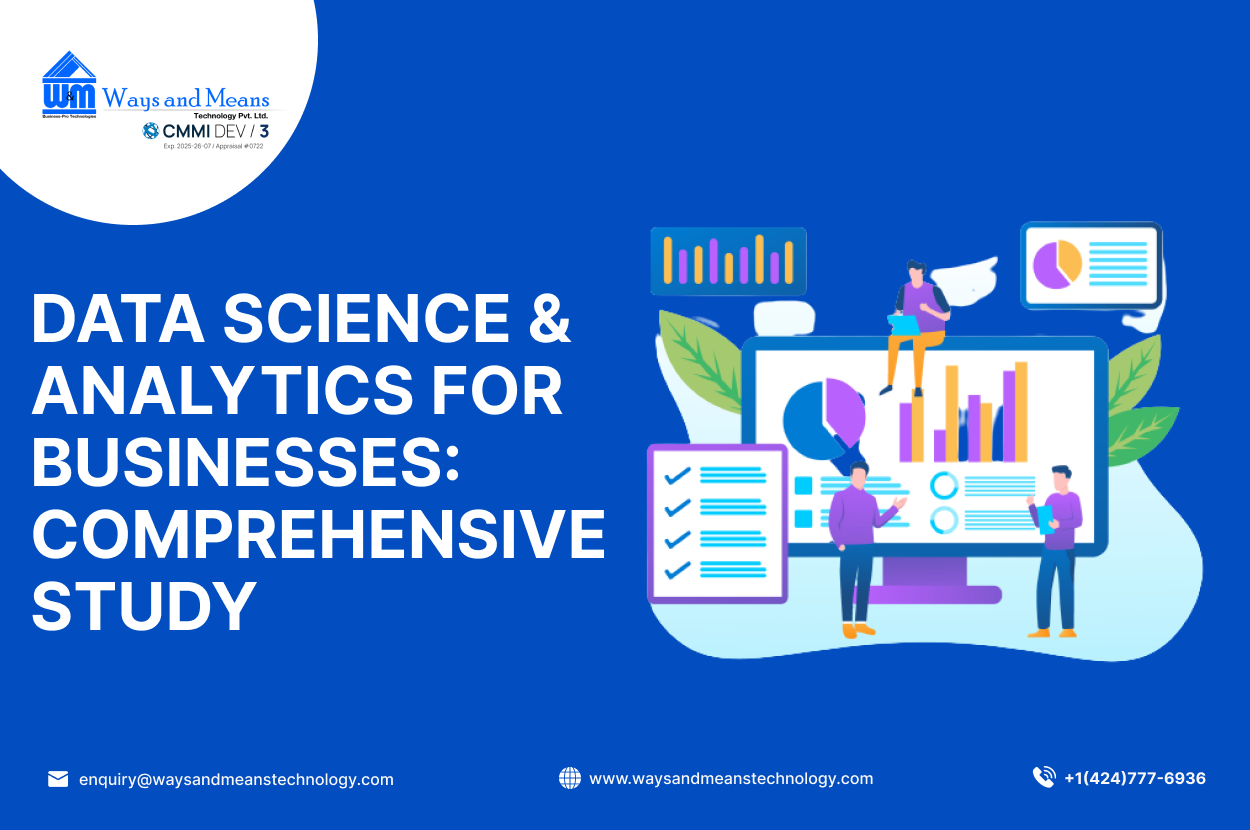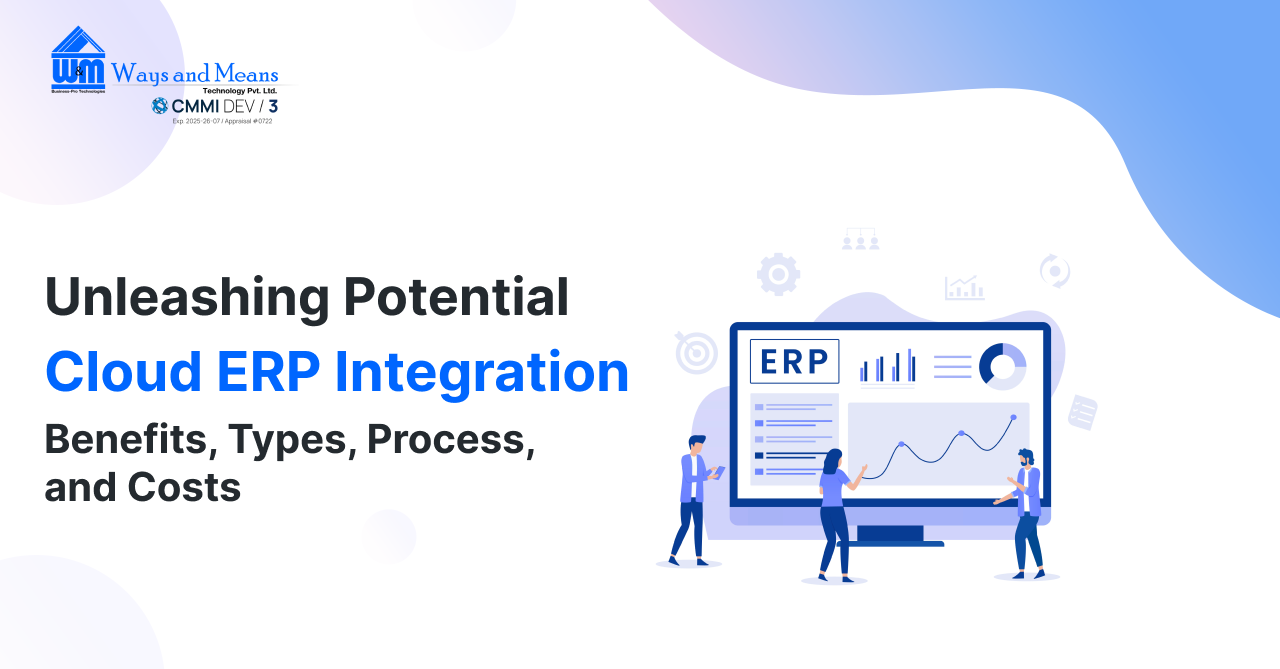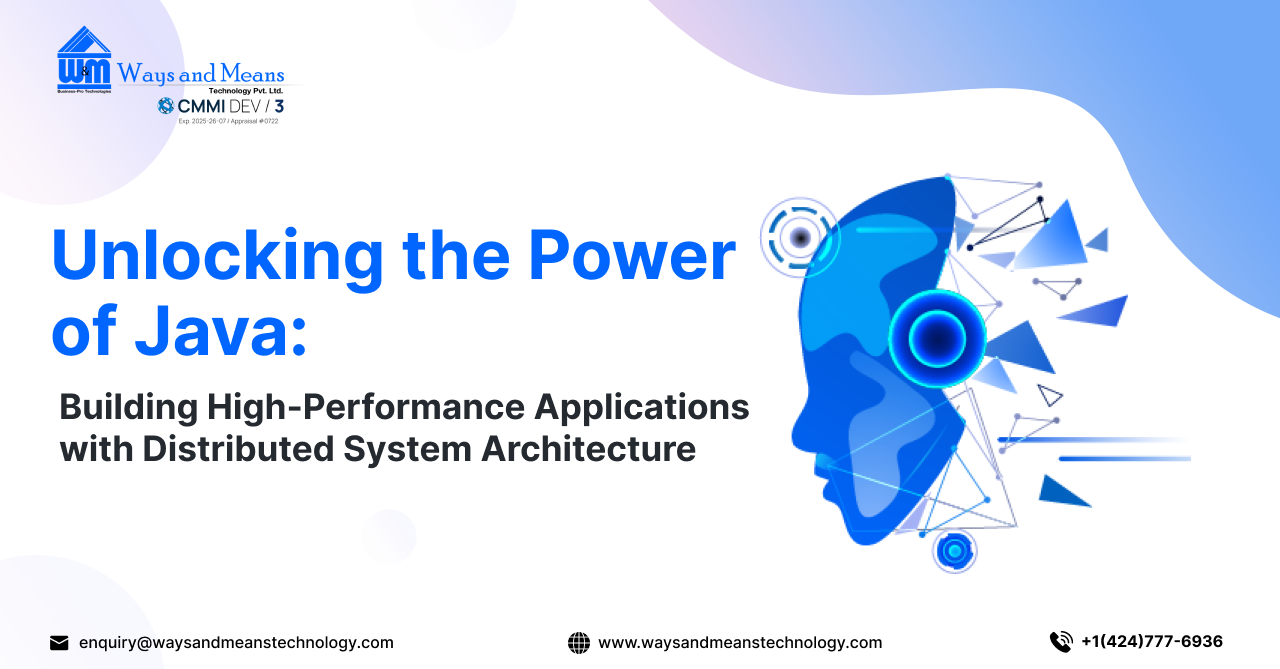Content
- What is a Minimum Viable Product (MVP)?
- Advantages of Creating an MVP
- Advantages of Creating an MVP
- Determine the core features of your MVP
- Build and test your MVP
- Launch your MVP
- Define the crucial features of your MVP
- Build and roll out the MVP
- Spread the word and gather feedback
- Evaluate the feedback received
- Raising Capital through Crowdfunding
- Support from Friends and Family
- Final Remark
- Frequently Asked Questions
Many companies these days have a vision for a product or service, but the cost of developing it can be a barrier to bringing that vision to life. Enter the MVP, or minimum viable product, which allows businesses to test their concept with real users and secure funding for further development.
However, it’s worth noting that according to Statista, 25% of apps are only used once before being abandoned. This only adds to the growing competition in the market.
Building an MVP is a cost-effective way to validate your business idea before investing a large sum of money. In this blog post, we will explore the process of creating an MVP and the benefits it offers to investors. We will also delve into the methods for raising funds from investors. Let’s get started!
What is a Minimum Viable Product (MVP)?
MVP is a term originating from the Lean Startup methodology, which involves launching a product with just enough features to gather user feedback and validate the product concept as soon as possible.
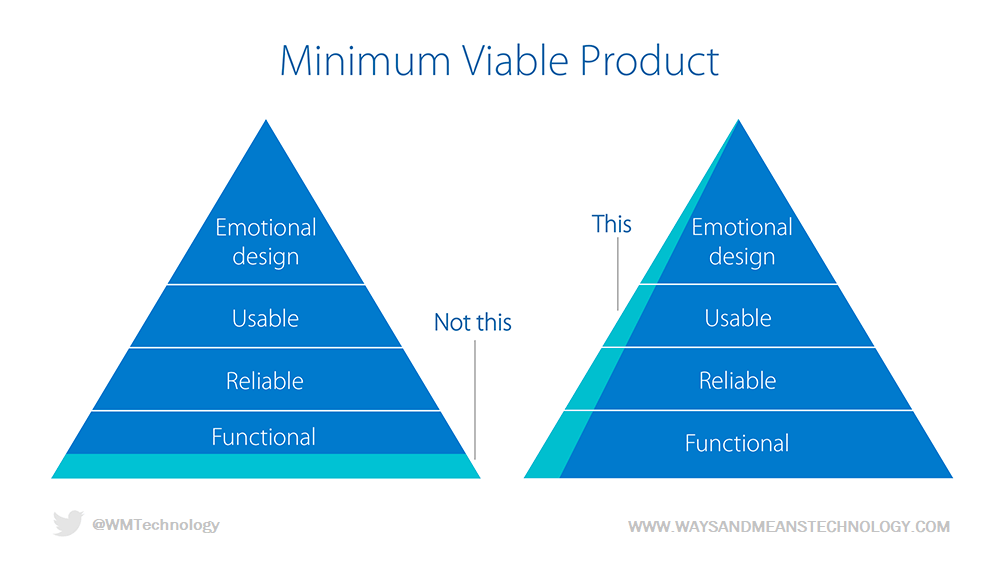
Having an MVP solution has the advantage of reducing risk, saving costs, and attracting investment.
Advantages of Creating an MVP
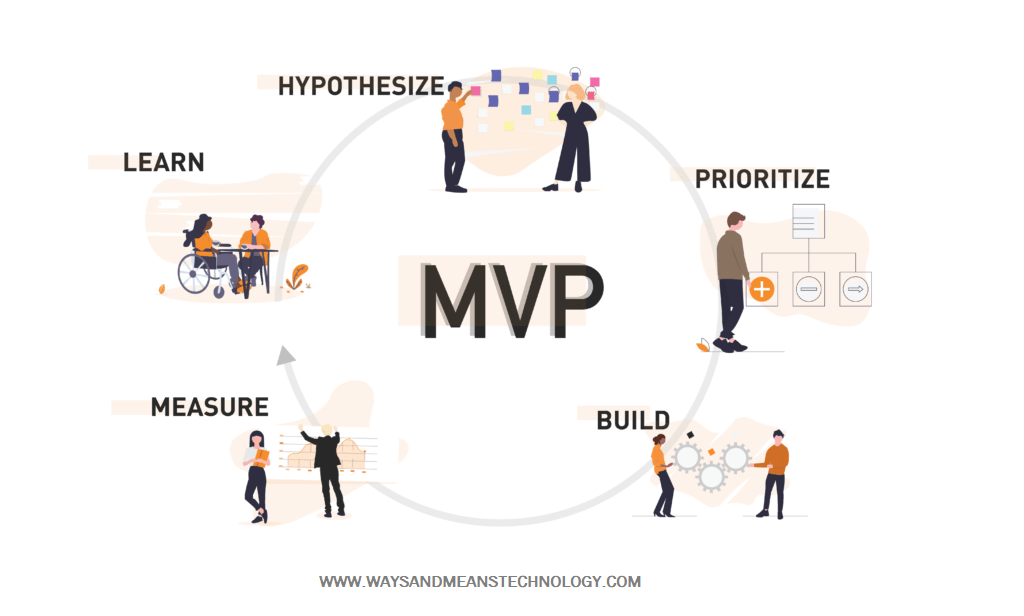
There are numerous benefits to creating an MVP for fundraising purposes, including:
Advantages of Creating an MVP
Investors Can Visualize the Product’s Functionality
When it comes to product development, an MVP framework is crucial in securing investment funding. This is because it enables investors to see the product’s functionality and how it solves real-world problems. Conversely, products in the early stages of development can be more challenging to sell to investors as they may not fully grasp its potential value.
Moreover, MVPs promote a customer-focused approach to product development by allowing for real user feedback to be gathered and integrated into the final product. In conclusion, MVPs are a critical aspect of the product development process and should not be disregarded when seeking investment.
Also Read: Technology Investment Trends in 2023
Easier for Investors to Determine Viability
The primary objective of an MVP is to assess the product’s viability in the market. This involves testing the product’s demand and whether users are willing to pay for it, as well as gathering user feedback for improvements.
Startups with help of MVP can reduce the risk of failure and increase their chances of success. For investors, an MVP provides a way to determine the product’s potential for success, which is critical in making investment decisions.
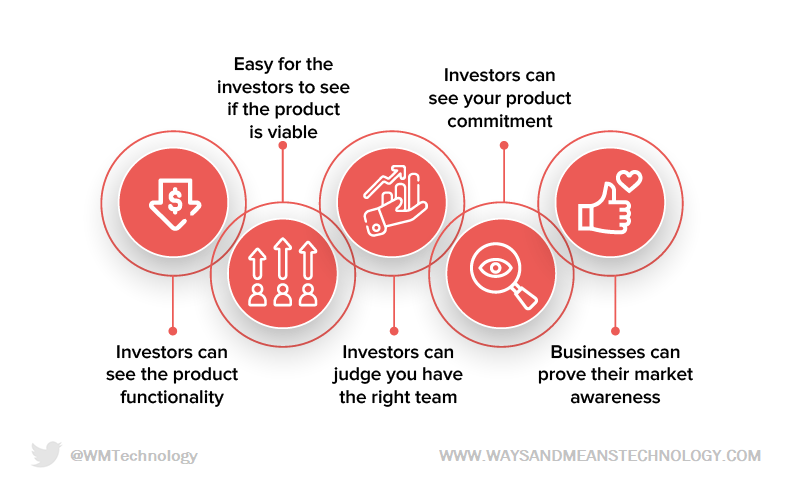
Investors can assess the strength of your team
When considering a new venture, the team behind it is a crucial factor for investors. A talented and experienced team can drive success, even for challenging projects, while a weak team can lead to failure no matter how promising the concept.
This is why many investors value a minimum viable product as a measure of the team’s capabilities. Developing an MVP app allows investors to evaluate the team’s skills and experience necessary for success.
Partnering with a reputable MVP development firm like Ways and Means Technology can give investors the confidence they need to invest in your product. To secure funding for your project, make sure to work with a company that specializes in MVP development, helping you create a compelling minimum viable product that will impress even the most discerning investors.
Demonstrating Product Dedication to Investors
Investors often hesitate to invest in new businesses or products as they are concerned that the team behind the project may not have the determination to see it through. However, by creating a minimum viable product (MVP), businesses can test the market demand for their product and secure funding for further development. MVPs are less expensive and less risky compared to traditional product development, making them a compelling option for investors.
MVPs also provide a platform for businesses to gather feedback from their target customers and make necessary improvements before launching the full version of the product. This customer-focused approach is crucial for creating a product that satisfies customer needs and stands out in the market. By showcasing their commitment to the product through the MVP, startups can increase their chances of securing funding and reaching success.
Demonstrating Market Savvy with an MVP
The development of an MVP is an opportunity for businesses to showcase their market awareness and understanding. As part of the MVP creation process, a thorough market analysis is conducted, providing insight into market conditions and the ability of the team to adapt to them. By testing their product hypothesis with real customers through the MVP, businesses can gather valuable feedback to validate their ideas and refine their product and business model before seeking seed funding from investors.
The MVP serves as a proof of concept, giving investors a clear understanding of market opportunity and potential return on investment. This is critical in securing investment funding and demonstrating market savvy. By investing the time and effort in developing an MVP, businesses increase their chances of long-term success. If you’re considering developing an MVP, creating a strategic MVP plan is a great place to start.
Now that we’ve explored the advantages of an MVP for investors, let’s examine the steps involved in building one.
Determine the core features of your MVP
The next step is to determine the core features of your MVP. These features should address the needs of your target market and user persona. Start by creating a list of all the features you would like to include in your MVP, then prioritize the most important ones that are necessary for solving the problem at hand. This will ensure that your MVP has only the most essential features, which will keep the costs down and help you get to market faster.
Build and test your MVP
Once you have identified the core features of your MVP, it’s time to build and test it. You can use an MVP development company to help you create your MVP. Make sure that your MVP is easy to use, visually appealing and provides value to the user. After you’ve built your MVP, it’s time to test it with your target market to gather feedback. This feedback will be crucial in refining your MVP and making it even better.
Launch your MVP
Finally, after you’ve refined your MVP, it’s time to launch it. This is the step where you will get the first real-world feedback and be able to gauge the potential of your product. A well-executed MVP launch can help you generate buzz and attract investment.
In conclusion, building an MVP may require some planning and effort, but the benefits it offers make it well worth it. It allows businesses to validate their ideas, test their hypothesis, and refine their product before launching a full-fledged product. By following these steps, you can increase your chances of success and secure MVP investment from investors.
Define the crucial features of your MVP
Having established your target market and their needs, it’s time to define the essential features of your minimum viable product. The key here is to keep it simple and focus on the must-have functionalities that cater to the needs of your audience.
Build and roll out the MVP
With the list of features in hand, it’s time to bring your MVP to life. This involves creating the product or service and making it accessible to your target market. When launching your MVP, the focus should be on delivering an outstanding user experience. This means ensuring that the product or service is user-friendly and enjoyable to use.
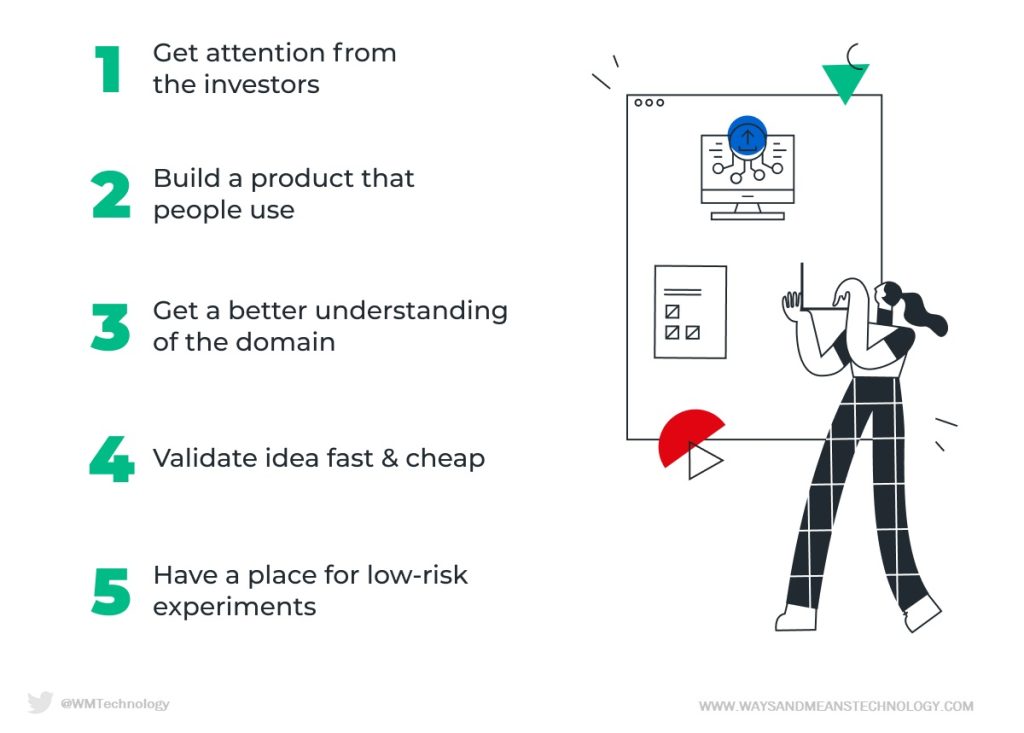
Spread the word and gather feedback
Once your MVP is ready, it’s crucial to get it in front of the right people. Promoting your MVP and soliciting feedback from users will provide valuable insights on what features to add, remove, or improve. Listening to user feedback and continuously refining your MVP will help you build a product that meets the needs of your target market and is set up for success.
Evaluate the feedback received
After launching your MVP, it’s crucial to evaluate the feedback and data collected. This will give insights into what is working and what needs improvement. Keep in mind that an MVP is not expected to be perfect and there will be areas that need to be refined. The feedback and data you gather will guide the improvements made to your product or service.
There isn’t a one-size-fits-all approach to building an MVP, but these steps will provide a solid foundation. The objective is to develop an MVP that addresses the needs of your target market. Now that you understand the process of creating an MVP, it’s time to consider raising MVP investments for your product or app.
Finding Investors After Developing an MVP Once you have created a minimum viable product, finding investors is a crucial step in bringing your idea to life. Here are some tips to help you secure funding from potential investors.
Conduct Thorough Research on Investors With the current economic climate, it can be challenging to raise funds for your startup in products or services. One way to increase your chances of success is to research your potential investors thoroughly. This involves understanding their investment history and goals, as well as keeping up to date with the latest trends in the industry. By presenting your product in a way that aligns with the interests of your investors, you can increase your chances of securing pre-MVP funding.
Emphasize the Future Potential When pitching your product to potential investors, it’s important to focus on its future potential and growth prospects. Highlight the unique selling points of your product and how it can meet the needs of your target market. By convincing investors that your product has the potential to be successful in the future, you increase the chances of them investing in your MVP.
Create a Compelling Pitch Once you have identified potential investors, it’s time to craft a compelling pitch that resonates with them. Focus on the aspects of your product that will most appeal to investors, such as the potential return on their investment. For example, if your MVP is a food delivery app, you can emphasize the growing trend of online ordering and delivery and the potential for repeat customers. By creating a pitch that is persuasive and highlights the potential of your MVP, you can increase your chances of securing funding from investors.
Be Prepared for Challenging Questions When presenting your MVP to potential investors, be ready for tough inquiries. This requires being truthful about the hazards and difficulties associated with your product. For instance, if you’re proposing a new food delivery app, you should be prepared to answer questions regarding the competitive market, the possibility of customer churn, and the expandability of your business plan. By being open and transparent about the associated risks, you will be in a stronger position to secure MVP funding.
Maximize Your Financial Position Finally, it’s crucial to optimize your financial position before approaching potential investors. This involves having a clear understanding of your cash flow and making sure you have enough funds to keep your business running in case you’re unable to raise money.
Additionally, it’s essential to have a well-defined plan for how you will utilize the funds you’re seeking. This will give investors confidence in your ability to launch and grow your business effectively.
With a solid understanding of these tips for success when pitching to MVP investors, it’s time to focus on post-MVP funding partners and take your business to the next level.
Post-MVP Funding Sources While the MVP stage is critical to a business, it is not the end goal. To achieve long-term success and take your business to the next level, you need to look at different funding sources during the pre-seed and seed funding rounds. Here are some of the main funding options to consider:
Community Development Finance Institutions Many CDFIs are established to invest in businesses in low to moderate-income communities with the aim of promoting economic growth and job creation. If you are launching in such a community, CDFIs can be a valuable source of funding for your MVP.
Government Programs and Agencies Federal, state, and local governments provide a range of incentives and programs to support entrepreneurship and economic development. These could include loans, grants, and other financial aid options.
Angel Investors and Venture Capitalists Angel investors and venture capitalists are wealthy individuals who invest in early-stage companies for a share of equity. They are typically focused on high-growth companies, but may also be interested in funding MVPs with high potential.
Raising Capital through Crowdfunding
Crowdfunding offers an opportunity to gather funds for your MVP by collecting small contributions from a large group of individuals. This method can be effective if you have a captivating story and are able to generate enthusiasm among potential investors.
Support from Friends and Family
Your friends and family members can also make a significant contribution to your MVP funding efforts, particularly if they have faith in your business idea and confidence in your success. However, it’s crucial to acknowledge that their investment also entails a level of risk, and it’s essential to approach them as you would with any other investor.
Final Remark
Creating a minimum viable product is a crucial aspect in obtaining funding for your mobile application. By adhering to the guidelines mentioned in this article, you can develop a product that will appeal to investors and secure the necessary funds to bring your app to market. Remember that companies like Uber, Airbnb, and WhatsApp all started as MVPs and are now renowned for their success. Don’t let small setbacks discourage you from pursuing investment for your MVP.
Frequently Asked Questions
What is the difference between MVP and prototype?
An MVP (minimum viable product) is a simplified version of a product with just enough features to satisfy early adopters and validate the concept. A prototype, on the other hand, is a model or early version of a product that is created to test and demonstrate design concepts and ideas. The main difference between MVP and prototype is that an MVP is intended to be a market-ready product while a prototype is primarily used for testing purposes.
Why is MVP important in software development?
MVP is important in software development because it provides a low-risk, low-cost way to test a product concept with real customers. This helps to validate the idea and determine if it is worth pursuing further. MVP also allows developers to gather feedback and make improvements to the product before investing significant resources in development. This can ultimately lead to a better product and a higher rate of success.
Can an MVP be profitable?
An MVP can be profitable, but it is not the primary goal. The primary goal of an MVP is to test the concept and gather feedback. If the MVP is well-received and generates revenue, it can be considered profitable. However, the focus should be on using the MVP as a learning tool to improve the product before making a major investment.
What are the key components of an MVP?
The key components of an MVP include a minimum set of features, a clear and concise solution to a specific problem, and a target market. It should also have a simple and effective user experience, be visually appealing, and be easy to use. Additionally, it should be scalable and flexible, allowing for future improvements and additions.
Can an MVP evolve into a full-fledged product?
Yes, an MVP can evolve into a full-fledged product. Once an MVP is released and has been well-received by customers, the team can continue to add new features and functionality. As the product becomes more refined, it can evolve into a full-fledged product that is competitive in the market. The goal of an MVP is to provide a foundation for future product development and growth.
What is the purpose of an MVP?
The purpose of an MVP is to test and validate a business idea with the minimum amount of resources and effort. The goal is to gather feedback from customers and improve the product before making a major investment.
Is an MVP a fully functional product?
An MVP is not necessarily a fully functional product. It is a minimal version of the product that has just enough features to test its viability.
Should an MVP have a polished design?
While a polished design is desirable, the priority for an MVP is functionality over aesthetics. The goal is to validate the product concept, not to create a visually appealing product.
What is the difference between an MVP and a prototype?
A prototype is a preliminary model or sample of a product. An MVP is a prototype that has enough features to test its viability and gather feedback from customers.
How can you gather feedback on an MVP?
You can gather feedback on an MVP through customer interviews, surveys, and testing with a small group of users. The goal is to gather data on the product’s strengths and weaknesses and make improvements accordingly.

